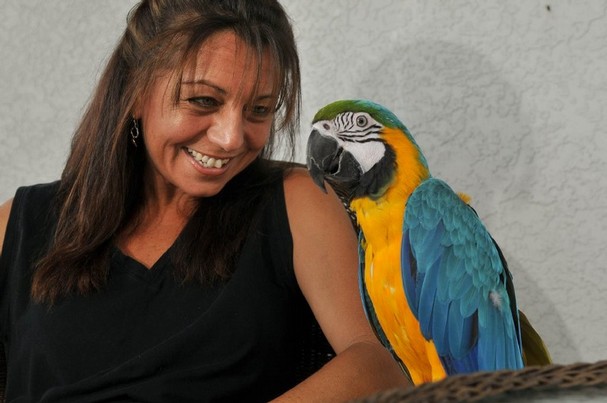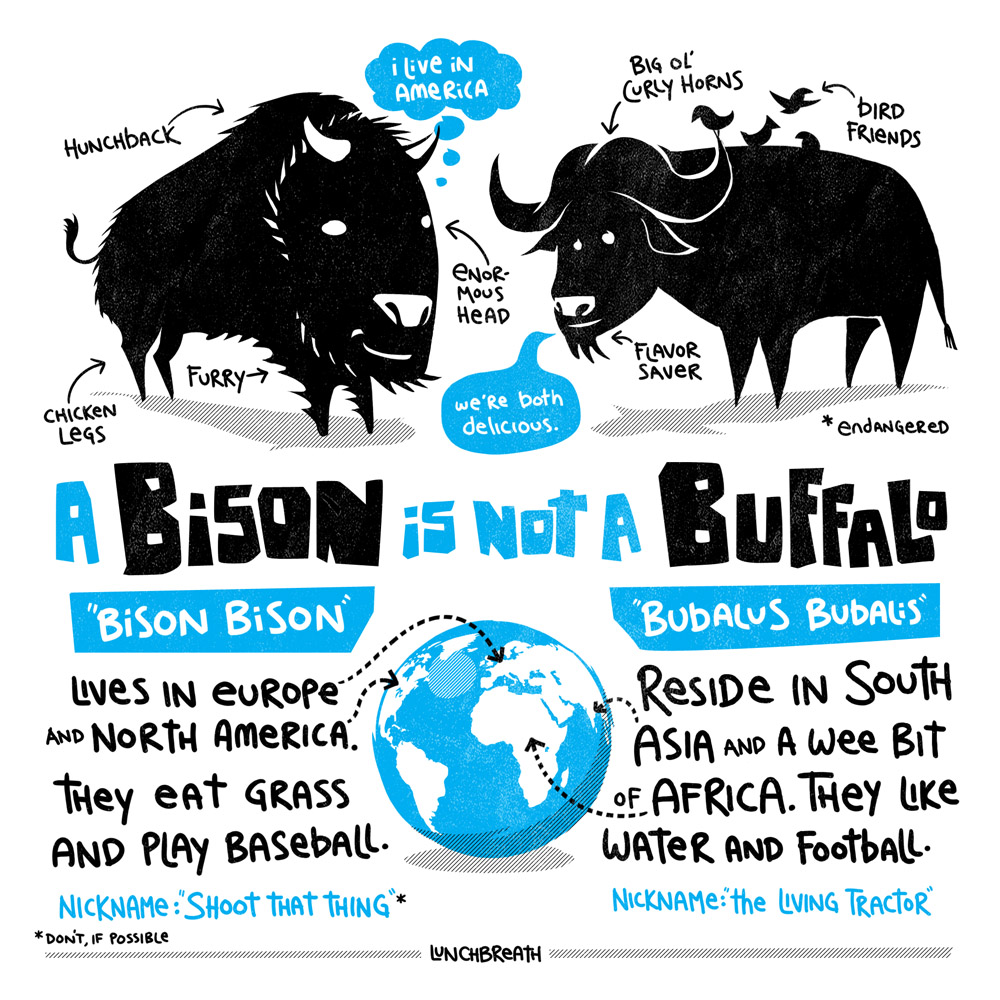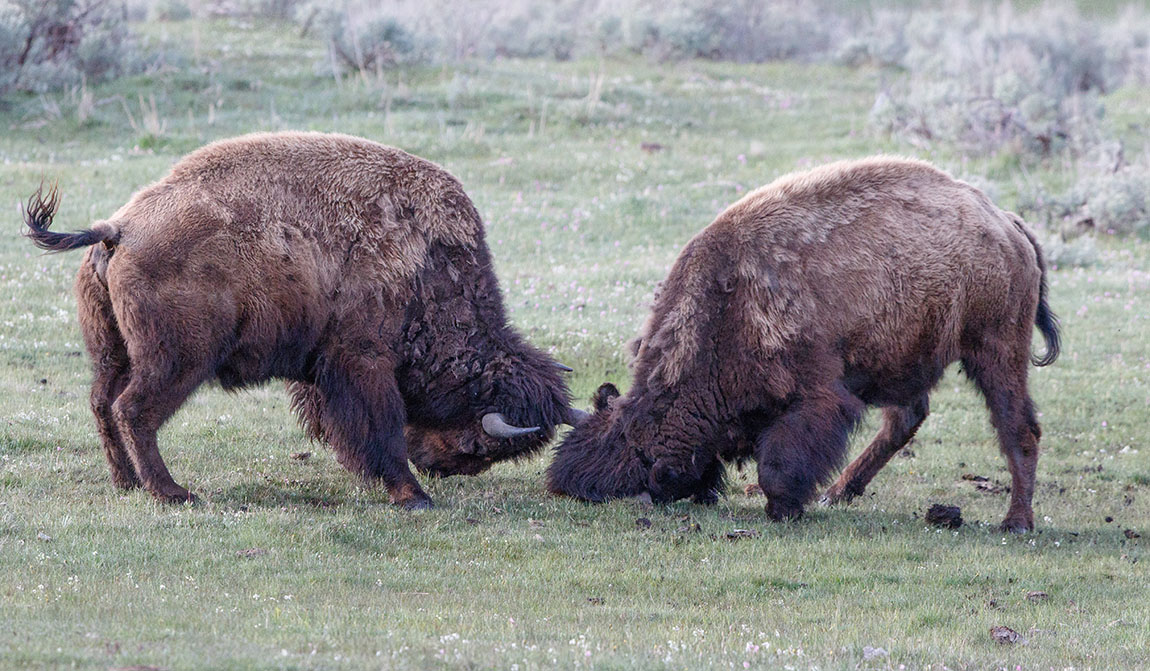As holiday and end-of-the-year parties are getting closer, it may be time to think of new topics to bring up when there’s a lull in conversation with coworkers, family, friends and new acquaintances. And what better way than bringing up some interesting science facts?
Here are some of the most interesting facts that I have learned while working at HMNS, and hopefully, some of these will catch your interest too.
Show off your excellent and expanding vocabulary.
 How about the word “spark bird”? A “spark bird” is any bird species that excites an interest in further bird watching.
How about the word “spark bird”? A “spark bird” is any bird species that excites an interest in further bird watching.
How to use “spark bird” in a sentence: “The spark bird for Alexander Wilson, a legendary ornithologist in the 1700s, was the Red-headed Woodpecker.”
Offer some unconventional advice to those suffering from a winter cold.
Marshmallow can help ease sore throat pain. Unfortunately, we aren’t talking about the delectable variety of marshmallows you can buy in the grocery store. The marshmallow that we are referring to here is from the marshmallow plant, Althea officinalis. Historically, the sap from the marshmallow plant was used to treat sore throats in addition to coughs, colds and skin inflammation. Roots and leaves of the marshmallow plant can also be used to make teas. Yum! Marshmallow tea!
Settle some debates.
“Are they bison or buffalo?!” Great question!
If you are looking at the animal in North America, then the likelihood is that you are looking at a bison. The American bison (Bison bison) lives only in North America and is known for its large wooly head. Buffalo and bison are closely related, but buffalo are only indigenous to Asia and parts of Africa.
So if you’ve ever eaten a burger made of buffalo meat, the chances are that you ate bison instead. Or they imported some buffalo meat from another hemisphere, which would be a very fancy burger.
 Or just go for shock value.
Or just go for shock value.
Blue jays aren’t really blue.
This might sound a little farfetched, but hear me out. Feather colors can be determined by pigment or structure. When color is determined by structure, the feather itself can be a different color than what we perceive.
The blue jay is a perfect example. The structure of the feather includes air pockets that allow yellow and red wavelengths to travel through, but reflect blue wavelengths back. Thus, we perceive blue jays to be blue. If you were to take a blue jay feather and backlight it, then you would see the brown pigments showing through instead — because the light is not reflecting the blue wavelengths anymore.
I hope you enjoyed these interesting facts. Feel free to use them throughout the holiday season!



